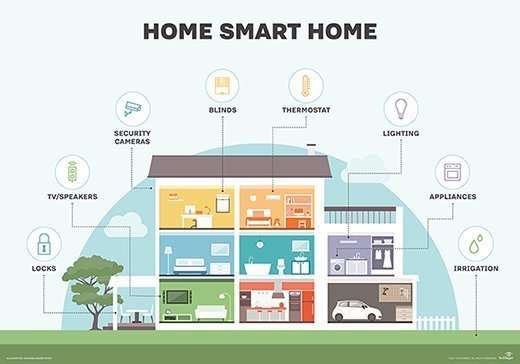What is a GPU (Graphic Processing Unit) And How To Choose One For Your Needs
Learn everything about GPUs, from basic concepts to choosing the perfect graphics card for gaming, AI, content creation, and professional work. Complete guide with practical tips.
Ever wondered why some computers can run the latest games smoothly while others struggle with basic video playback? The secret lies in a powerful piece of hardware called a GPU – or Graphics Processing Unit. If you've ever been confused about what makes one computer faster than another, or why your friend's setup can handle 4K gaming while yours can't, you're in the right place.
Whether you're building your first gaming PC, looking to upgrade for content creation, or trying to understand why everyone's talking about GPUs in the context of AI and machine learning, this guide will walk you through everything you need to know. We'll break down complex technical concepts into simple, actionable insights that will help you make the right choice for your specific needs and budget.
By the end of this post, you'll understand not just what a GPU does, but how to choose one that perfectly matches your requirements – whether that's smooth 1080p gaming, professional video editing, or even diving into the world of artificial intelligence.
Summary
- What is a GPU and How Does It Work
- GPU vs CPU: Understanding the Key Differences
- Types of GPUs: Discrete, Integrated, and Virtual
- Modern GPU Applications Beyond Gaming
- How to Choose the Right GPU for Your Needs
- GPU Benchmarks and Performance Metrics
- Cloud GPUs and Virtual Solutions
- Frequently Asked Questions
What is a GPU and How Does It Work?
A Graphics Processing Unit (GPU) is a specialized electronic circuit designed to rapidly process and render images, videos, and animations. Think of it as a highly efficient mathematical calculator that excels at performing thousands of similar calculations simultaneously.
Unlike your computer's main processor (CPU), which handles tasks one at a time in sequence, GPUs are built with hundreds or even thousands of smaller cores that work together in parallel. This parallel processing architecture makes them incredibly powerful for specific types of work.
Here's how GPUs accomplish their magic:
Parallel Processing Power: While a CPU might have 4-16 cores optimized for complex individual tasks, a modern GPU contains thousands of simpler cores designed to handle many basic operations at once. This makes them perfect for tasks that can be broken down into many similar calculations.
Dedicated Memory: GPUs have their own specialized memory called VRAM (Video RAM), typically using technologies like GDDR6 or GDDR6X. This memory is optimized for handling large amounts of visual data quickly and efficiently.
Specialized Architecture: The internal design of a GPU is specifically optimized for the mathematical operations required in graphics rendering, such as matrix multiplication and floating-point calculations.
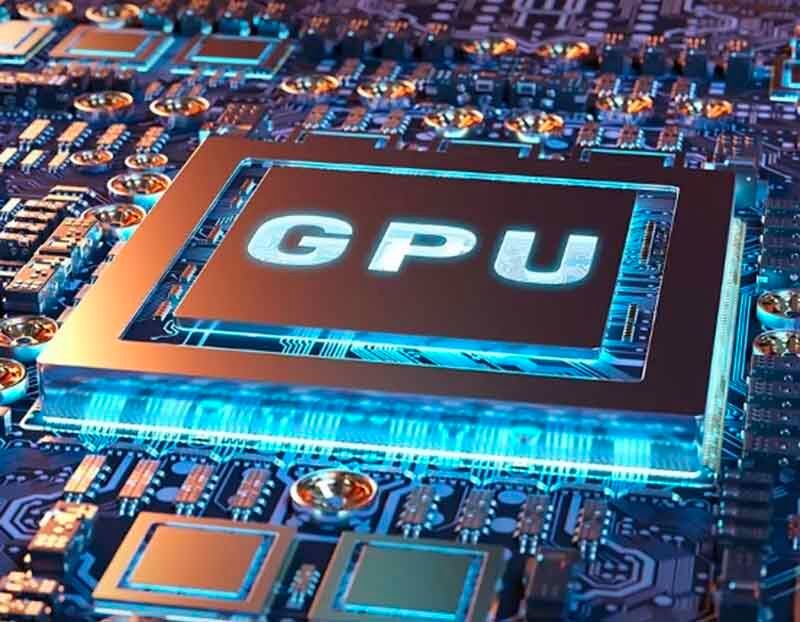
The evolution of GPU technology has been remarkable. Back in the 1990s, graphics processing relied entirely on the CPU, which made 3D graphics slow and limited. The first true GPU, NVIDIA's GeForce 256, launched in 1999 and revolutionized personal computing by moving graphics processing to a dedicated chip.
Today's GPUs are incredibly sophisticated. They can handle not just traditional graphics rendering, but also complex computational tasks like machine learning, cryptocurrency mining, and scientific simulations. This versatility has made them essential components in modern computing.
For those interested in deeper technical understanding, I recommend checking out the excellent explanations on Branch Education's YouTube channel which provides detailed visual breakdowns of how computer hardware works.
GPU vs CPU: Understanding the Key Differences
Understanding the difference between GPUs and CPUs is crucial for making informed hardware decisions. While both are processors, they're designed for completely different types of work.
CPU Characteristics:
- General Purpose: Designed to handle a wide variety of tasks efficiently
- Sequential Processing: Excels at completing complex tasks one step at a time
- Fewer, Powerful Cores: Typically 4-16 cores optimized for complex operations
- Large Cache Memory: Designed to store frequently accessed data close to processing cores
- System Management: Handles operating system functions, file management, and application coordination
GPU Characteristics:
- Specialized Purpose: Originally designed for graphics, now used for parallel computing tasks
- Parallel Processing: Can handle thousands of simple calculations simultaneously
- Many Simple Cores: Hundreds to thousands of cores designed for basic mathematical operations
- High Memory Bandwidth: Optimized for moving large amounts of data quickly
- Task-Specific Optimization: Excels at repetitive, parallel mathematical operations
Think of it this way: if you needed to solve 1,000 simple math problems, a CPU would solve them one by one very quickly, while a GPU would solve many of them at the same time, potentially finishing the entire batch faster.
This fundamental difference explains why GPUs excel in specific areas:
Where CPUs Shine:
- Complex decision-making tasks
- Operating system functions
- Single-threaded applications
- Tasks requiring frequent branching and complex logic
Where GPUs Excel:
- Graphics rendering and image processing
- Machine learning and AI training
- Scientific simulations
- Cryptocurrency mining
- Video encoding and decoding
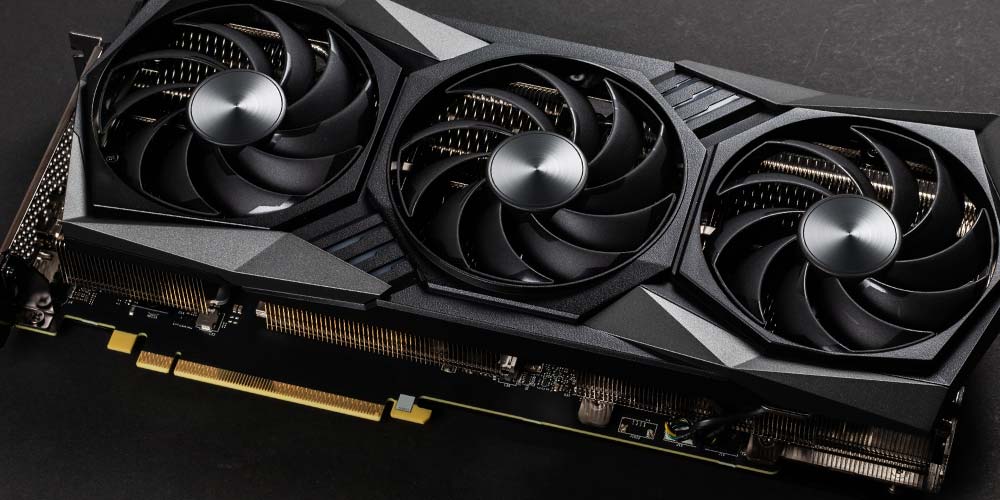
For most modern computing tasks, you need both working together. The CPU handles system management and complex decision-making, while the GPU accelerates specific compute-intensive workloads. If you're interested in building a balanced system, check out our guide on choosing laptops for different workloads.
Types of GPUs: Discrete, Integrated, and Virtual
Not all GPUs are created equal. Understanding the different types available will help you choose the right solution for your needs and budget.
Discrete GPUs (dGPUs)
Discrete GPUs are standalone graphics processors that come on their own dedicated circuit board, separate from your CPU. These are what most people think of when they hear "graphics card."
Key Characteristics:
- Separate chip with dedicated cooling system
- Own power supply connection (usually 6-pin, 8-pin, or newer 12-pin connectors)
- Dedicated VRAM (typically 8GB to 24GB or more)
- Highest performance potential
- Upgradeable and replaceable
Best For:
- Gaming enthusiasts who want high frame rates and visual quality
- Content creators working with 4K video or complex 3D rendering
- AI researchers and machine learning practitioners
- Professional applications like CAD, scientific computing, or cryptocurrency mining
Popular Examples:
- NVIDIA GeForce RTX series (RTX 4060, RTX 4070, RTX 4080, RTX 4090)
- AMD Radeon RX series (RX 7600, RX 7700 XT, RX 7900 XTX)
- Intel Arc series (Arc A750, Arc A770)
Integrated GPUs (iGPUs)
Integrated GPUs are built directly into the CPU chip, sharing system memory and power. They've become surprisingly capable in recent years.
Key Characteristics:
- Built into the CPU (no separate card required)
- Shares system RAM instead of having dedicated VRAM
- Lower power consumption
- No additional cost beyond the CPU
- Cannot be upgraded separately
Best For:
- Everyday computing tasks like web browsing, office work, and media consumption
- Light gaming at 1080p with modest settings
- Laptops where battery life and thin design are priorities
- Budget-conscious builds
- Home office setups focused on productivity
Notable Options:
- Intel Iris Xe Graphics (in 11th gen and newer Intel CPUs)
- AMD Radeon Graphics (in Ryzen APUs)
- Apple M-series integrated graphics (in MacBooks and Mac desktops)
Virtual GPUs (vGPUs)
Virtual GPUs are software-based representations of GPU hardware, typically accessed through cloud services. They provide GPU capabilities without owning physical hardware.
Key Characteristics:
- No physical hardware to maintain
- Scalable resources based on current needs
- Pay-as-you-use pricing models
- Access to high-end GPU power without upfront investment
- Ideal for temporary or variable workloads
Best For:
- Startups and small businesses needing occasional high-performance computing
- Students learning AI/ML without expensive hardware
- Remote workers needing GPU acceleration temporarily
- Development and testing of GPU-intensive applications
If you're looking to set up a complete workstation, don't forget about other essential components like a comfortable mouse and quality keyboard for optimal productivity.
Modern GPU Applications Beyond Gaming
While gaming put GPUs on the map, today's graphics processors power an incredible range of applications that go far beyond entertainment. Understanding these use cases will help you appreciate why GPU performance matters in so many fields.
Gaming and Entertainment
Gaming remains the most visible GPU application, but modern gaming demands are more intensive than ever:
4K Gaming: Rendering games at 3840×2160 resolution requires roughly 4 times more processing power than 1080p gaming.
High Refresh Rate Gaming: Many gamers now target 144Hz, 240Hz, or even 360Hz displays, requiring GPUs to render frames much faster than the traditional 60fps target.
Ray Tracing: Modern GPUs include dedicated ray tracing cores that simulate realistic lighting, reflections, and shadows in real-time.
Virtual Reality (VR): VR gaming demands consistent high frame rates (90-120fps minimum) at high resolutions to prevent motion sickness.
Content Creation and Professional Work
Video Editing: GPUs accelerate video encoding, effects processing, and real-time preview generation. A powerful GPU can reduce 4K video export times from hours to minutes.
3D Rendering: Professional 3D artists use GPUs to accelerate rendering in software like Blender, Maya, and Cinema 4D. GPU rendering can be 10-50 times faster than CPU-only rendering for certain workloads.
Live Streaming: GPUs handle real-time video encoding for platforms like Twitch and YouTube, allowing streamers to broadcast high-quality content without impacting game performance.
Photo Editing: Modern photo editing software leverages GPU acceleration for applying complex filters, handling large RAW files, and real-time preview generation.
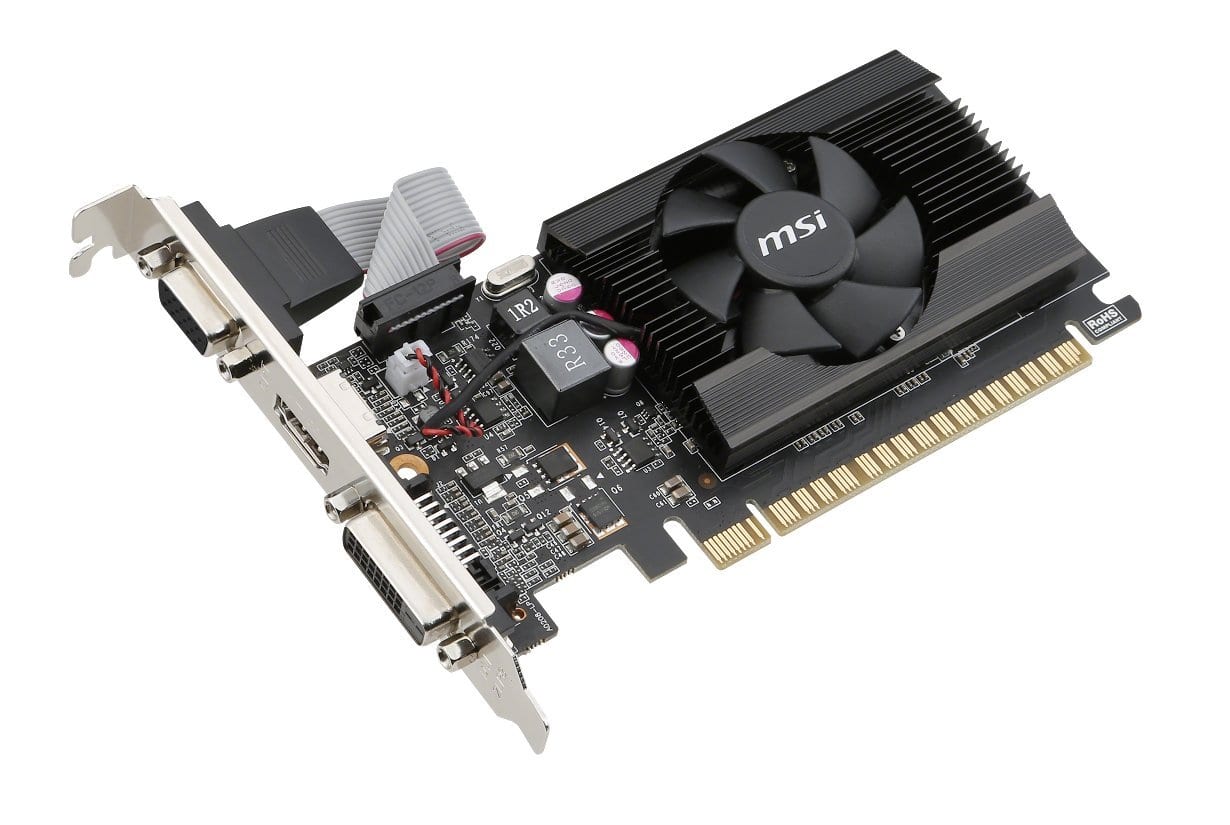
Artificial Intelligence and Machine Learning
This is perhaps the most exciting growth area for GPU applications:
AI Model Training: Training large neural networks requires massive parallel processing power. GPUs can reduce training time from weeks to days or hours.
Inference and Deployment: Running trained AI models to make predictions or generate content requires fast parallel processing, making GPUs ideal for real-time AI applications.
Computer Vision: Image recognition, object detection, and medical imaging analysis all benefit enormously from GPU acceleration.
Natural Language Processing: Large language models and chatbots rely heavily on GPU processing for both training and real-time response generation.
Scientific Computing and Research
Climate Modeling: Weather prediction and climate research require processing vast amounts of data through complex mathematical models.
Medical Research: Drug discovery, protein folding simulation, and medical imaging analysis all benefit from GPU acceleration.
Astronomy and Physics: Simulating galaxy formation, particle interactions, and other complex physical systems requires massive computational power.
Financial Modeling: High-frequency trading, risk analysis, and market simulation all leverage GPU parallel processing capabilities.
Blockchain and Cryptocurrency
While less prominent now due to efficiency improvements in blockchain technology, GPUs still play important roles in:
Cryptocurrency Mining: Certain cryptocurrencies still rely on GPU mining, though this market has become more specialized.
Blockchain Development: Testing and developing new blockchain applications often requires significant computational resources.
For those interested in exploring AI applications, books like The AI Engineering Bible provide excellent insights into how these technologies are implemented in practice.
How to Choose the Right GPU for Your Needs
Choosing the right GPU involves balancing performance requirements, budget constraints, and future-proofing considerations. Here's a systematic approach to finding your perfect match.
Define Your Primary Use Case
Budget Gaming (1080p, Medium-High Settings):
- Target: 60fps at 1920×1080 resolution
- Recommended: RTX 4060, RX 7600, or Intel Arc A750
- Budget Range: $200-300
- VRAM: 8GB minimum for modern games
Enthusiast Gaming (1440p or 4K, High Settings):
- Target: 60-120fps at 2560×1440 or 3840×2160
- Recommended: RTX 4070 Super, RTX 4080, or RX 7800 XT
- Budget Range: $500-800
- VRAM: 12GB or more for future-proofing
Content Creation and Professional Work:
- Video Editing: Focus on CUDA cores (NVIDIA) or Stream Processors (AMD)
- 3D Rendering: Consider render engines (Cycles, Octane, etc.) and their GPU optimization
- Recommended: RTX 4070 or higher for serious professional work
- VRAM: 16GB+ for 4K video editing or complex 3D scenes
AI and Machine Learning:
- Training: NVIDIA GPUs generally preferred due to CUDA ecosystem
- Inference: Both NVIDIA and AMD options viable
- Recommended: RTX 4080 or higher for serious AI work
- VRAM: 16GB+ essential for large models
Key Technical Specifications to Consider
Video Memory (VRAM):
- 8GB: Sufficient for 1080p gaming and light content creation
- 12-16GB: Ideal for 1440p gaming and professional work
- 20GB+: Future-proofing for 4K gaming and heavy AI workloads
Memory Type and Bandwidth:
- GDDR6: Standard for most modern GPUs
- GDDR6X: Higher bandwidth, found in premium GPUs
- Memory Bus Width: Wider buses (256-bit, 384-bit) generally mean better performance
Cooling and Power Requirements:
- Check your power supply capacity (GPUs can require 200-450W)
- Ensure adequate case ventilation
- Consider custom cooling solutions for high-end cards
Budget-Based Recommendations
Entry Level ($200-400):
- RTX 4060 8GB: Excellent 1080p gaming performance
- RX 7600 8GB: Strong AMD alternative with good value
- RTX 4060 Ti 16GB: More VRAM for content creation
Mid-Range ($400-700):
- RTX 4070 Super 12GB: Great 1440p performance with ray tracing
- RX 7700 XT 12GB: Competitive rasterization performance
- RTX 4070 Ti Super 16GB: High-end 1440p, entry-level 4K
High-End ($700-1200):
- RTX 4080 Super 16GB: Excellent 4K gaming and content creation
- RX 7900 XTX 24GB: Strong 4K performance with lots of VRAM
Enthusiast ($1200+):
- RTX 4090 24GB: Uncompromised 4K gaming and professional work
- Professional cards (RTX A4000, A5000): For certified professional applications
Future-Proofing Considerations
Ray Tracing Support: Essential for modern gaming experiences DLSS/FSR Support: AI upscaling technologies extend GPU lifespan AV1 Encoding: Important for content creators and streamers PCIe 4.0 Support: Ensures compatibility with modern systems
For a complete gaming setup, consider pairing your GPU choice with a properly chosen gaming monitor that matches your performance targets.
GPU Benchmarks and Performance Metrics
Understanding GPU benchmarks is crucial for making informed purchasing decisions. These standardized tests help compare performance across different GPUs and use cases.
Types of GPU Benchmarks
Synthetic Benchmarks: These tests measure raw GPU performance under controlled conditions:
- 3DMark: Industry-standard synthetic benchmark with various tests (Time Spy, Port Royal for ray tracing)
- Unigine Heaven/Superposition: Stress tests that push GPUs to their limits
- FurMark: Extreme stress test that maxes out GPU power consumption and heat generation
Real-World Benchmarks: These measure performance in actual games and applications:
- Game Benchmarks: FPS measurements in popular games like Cyberpunk 2077, Call of Duty, or Elden Ring
- Professional Application Tests: Rendering times in Blender, video export speeds in Premiere Pro
- AI Workload Benchmarks: Training time for standard machine learning models
Key Performance Metrics
Frame Rate (FPS):
- 30-60 FPS: Playable, but may feel choppy in fast-paced games
- 60-120 FPS: Smooth gaming experience
- 120+ FPS: Ideal for competitive gaming and high refresh rate monitors
Resolution Performance:
- 1080p: Entry-level target, most GPUs can achieve high settings
- 1440p: Sweet spot for modern gaming, requires mid to high-end GPU
- 4K: Demanding resolution requiring high-end GPUs for smooth performance
Memory Bandwidth: Measured in GB/s, indicates how quickly the GPU can access its memory. Higher bandwidth generally correlates with better performance at high resolutions.
Power Efficiency: Performance per watt is increasingly important, especially for laptops and users concerned about electricity costs.
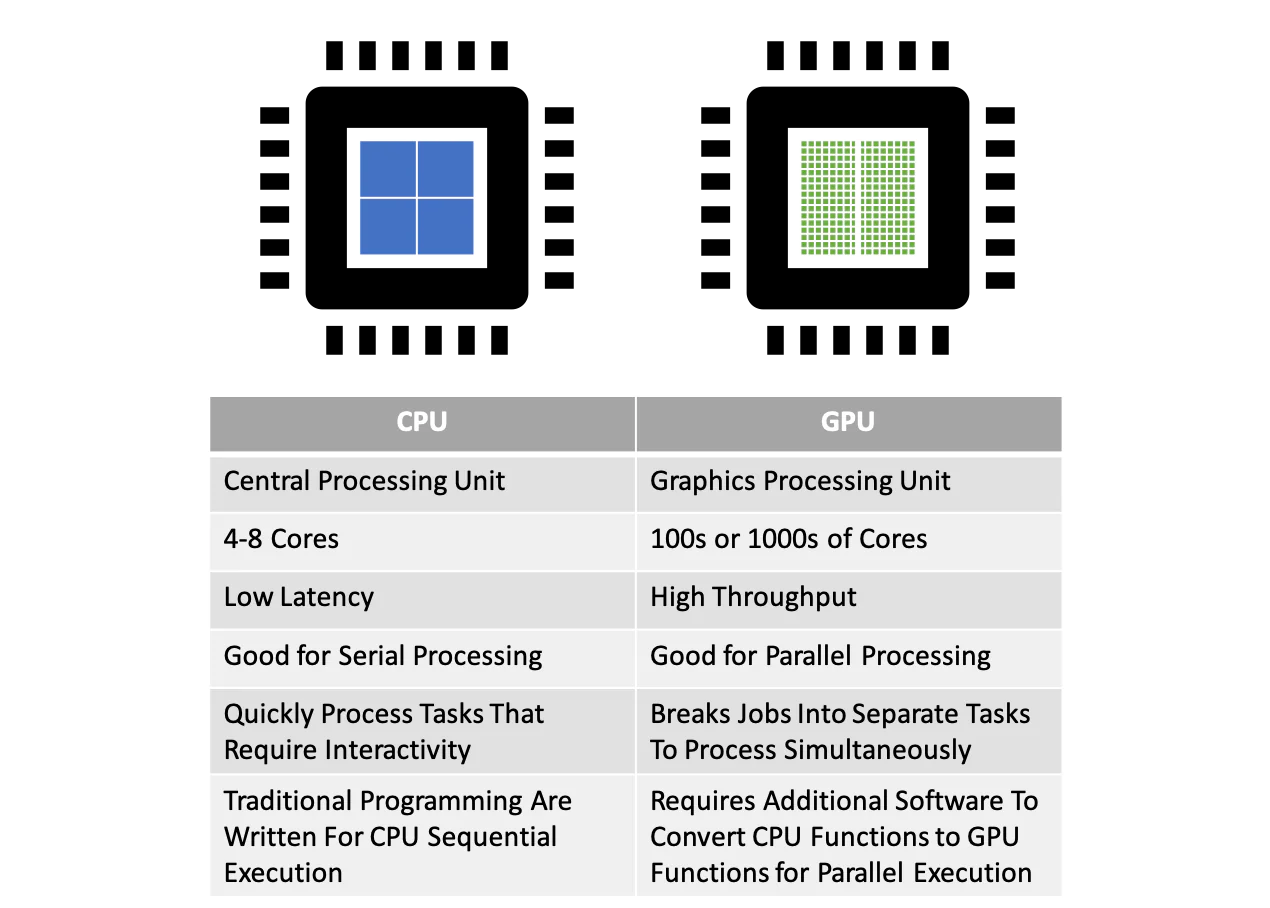
How to Interpret Benchmark Results
Look for Consistent Performance: A GPU that performs well across multiple games and applications is generally a better choice than one with inconsistent results.
Consider Your Target Resolution: A GPU that excels at 1080p may struggle at 4K. Match the benchmark resolution to your intended use case.
Factor in Features: Raw performance numbers don't tell the whole story. Features like ray tracing, DLSS, or specialized compute capabilities may be worth a performance trade-off.
Check Multiple Sources: Different reviewers may get slightly different results due to test system variations. Look for consistent trends across multiple reviews.
Thermal and Power Considerations
Modern GPUs can generate significant heat and consume substantial power:
Thermal Management:
- Most GPUs have target temperatures of 75-85°C under load
- Consistent thermal throttling (automatic slowdown due to heat) indicates inadequate cooling
- Consider case airflow when choosing a GPU with specific cooling solutions
Power Consumption:
- Entry-level GPUs: 100-150W
- Mid-range GPUs: 200-250W
- High-end GPUs: 300-450W
- Ensure your power supply can handle the GPU plus system overhead
For those building complete systems, don't forget about other performance components. A good smartphone can complement your setup for monitoring and remote management.
Cloud GPUs and Virtual Solutions
Cloud-based GPU services have revolutionized access to high-performance computing, making powerful GPUs available to users who can't justify purchasing expensive hardware.
What Are Cloud GPUs?
Cloud GPUs provide on-demand access to powerful graphics processing units through internet-connected data centers. Instead of buying a $1,500 RTX 4090, you can rent equivalent or superior hardware for a fraction of the cost when you need it.
Key Advantages:
- No Upfront Investment: Access to high-end hardware without purchase costs
- Scalability: Scale resources up or down based on current needs
- Maintenance-Free: No hardware maintenance, driver updates, or cooling concerns
- Latest Hardware: Access to cutting-edge GPUs as soon as they're available
- Global Accessibility: Work from anywhere with a reliable internet connection
Potential Drawbacks:
- Ongoing Costs: Can become expensive for continuous heavy use
- Internet Dependency: Requires stable, high-bandwidth internet connection
- Latency Concerns: Not suitable for real-time gaming or applications requiring instant response
- Data Transfer Costs: Moving large datasets to/from cloud can be expensive and time-consuming
Popular Cloud GPU Services
Google Cloud Platform (GCP):
- Offers NVIDIA T4, V100, A100, and L4 GPUs
- Pay-per-hour pricing with sustained use discounts
- Preemptible instances for cost-effective batch processing
- Integrated with powerful AI/ML tools and services
Amazon Web Services (AWS):
- Wide variety of GPU instances (P3, P4, G4, G5 series)
- Spot instances for significant cost savings on flexible workloads
- Integration with AWS ecosystem for complete cloud solutions
Microsoft Azure:
- N-series virtual machines with various GPU options
- Azure Machine Learning service with built-in GPU support
- Strong integration with Microsoft development tools
Specialized AI Platforms:
- Google Colab: Free tier with limited GPU access, paid Pro versions
- Paperspace Gradient: Focus on machine learning workflows
- RunPod: Competitive pricing for AI development and inference
Cost-Benefit Analysis
When Cloud GPUs Make Sense:
- Learning AI/ML without hardware investment
- Occasional 3D rendering or video processing projects
- Startups needing flexible compute resources
- Research projects with variable computational demands
- Testing applications before investing in hardware
When Local GPUs Are Better:
- Daily gaming or content creation
- Consistent, long-term GPU-intensive work
- Applications requiring low latency
- Privacy concerns with sensitive data
- Areas with poor internet connectivity
Practical Tips for Cloud GPU Usage
Optimize Costs:
- Use spot/preemptible instances when possible (can save 60-90%)
- Monitor usage carefully to avoid unexpected bills
- Choose the minimum GPU specification that meets your needs
- Shut down instances when not actively using them
Data Management:
- Keep frequently accessed data in cloud storage attached to your GPU instances
- Use data transfer optimization techniques
- Consider bandwidth costs when moving large datasets
Performance Optimization:
- Choose data center regions close to your location for better latency
- Use appropriate instance types for your workload
- Monitor resource utilization to ensure you're not overpaying
For professionals considering cloud solutions alongside traditional hardware, exploring complementary productivity tools can enhance the overall workflow. Consider investing in quality home office accessories to maximize your productivity regardless of where your computing power comes from.
Frequently Asked Questions
Q: How much GPU memory (VRAM) do I really need?
A: VRAM requirements depend heavily on your use case:
- 8GB: Sufficient for 1080p gaming and basic content creation
- 12GB: Comfortable for 1440p gaming and moderate content creation work
- 16GB+: Future-proofing for 4K gaming, heavy content creation, or AI work
Modern games are increasingly VRAM-hungry. Games like Cyberpunk 2077 with ray tracing can use over 10GB at 4K resolution. For future-proofing, err on the side of more VRAM rather than less.
Q: Is it worth buying an older, high-end GPU instead of a newer mid-range one?
A: Generally, newer mid-range GPUs are better choices because they offer:
- Better power efficiency
- Modern features like updated ray tracing and AI upscaling
- Longer driver support
- Often similar or better performance per dollar
However, if you can find a significant discount on last-generation hardware, it might be worth considering.
Q: Can I use multiple GPUs together?
A: Multi-GPU setups are much less common now than in the past:
- SLI/CrossFire: Nearly deprecated, with minimal game support
- AI/Compute Workloads: Multiple GPUs can still provide benefits
- Different Tasks: You can use GPUs for different purposes (e.g., one for display, another for compute)
For gaming, investing in a single, more powerful GPU is almost always better than multiple weaker ones.
Q: How often should I upgrade my GPU?
A: GPU upgrade frequency depends on your standards and use case:
- Casual gamers: Every 4-6 years when performance becomes noticeably inadequate
- Enthusiast gamers: Every 2-3 years to maintain high settings at target resolution
- Content creators: When render times become a significant productivity bottleneck
- AI practitioners: When VRAM limitations restrict the models you can work with
Q: Does GPU brand matter for specific software?
A: Yes, software optimization varies by GPU manufacturer:
- NVIDIA advantages: Superior performance in Adobe Creative Suite, most AI/ML frameworks, and ray tracing
- AMD advantages: Often better value for pure rasterization gaming, good open-source software support
- Intel Arc: Still establishing ecosystem support, but improving rapidly
Q: What's the difference between a graphics card and a GPU?
A: The GPU is the actual processing chip, while a graphics card is the complete circuit board that includes the GPU, memory, cooling solution, and power connections. Think of it like the difference between an engine (GPU) and a complete car (graphics card).
Q: Can integrated graphics handle modern games?
A: Modern integrated graphics are surprisingly capable:
- Intel Iris Xe: Can handle many games at 1080p with low-medium settings
- AMD Radeon Graphics (in Ryzen APUs): Similar performance, sometimes slightly better
- Apple M-series: Excellent performance for integrated graphics, comparable to entry-level discrete GPUs
However, for serious gaming, a discrete GPU is still recommended.
Q: How important is ray tracing in 2025?
A: Ray tracing is becoming increasingly important:
- Many new AAA games include ray tracing features
- The visual quality improvement is significant in supported games
- Performance impact is decreasing with better hardware and optimization
- AI upscaling (DLSS/FSR) helps offset the performance cost
If you're buying a GPU for the next 3-4 years, ray tracing capability is recommended.
For those diving deeper into understanding computer hardware, How Computers Really Work provides excellent foundational knowledge that complements GPU understanding.
Conclusion
Understanding GPUs doesn't have to be overwhelming. Whether you're looking to build your first gaming PC, upgrade for content creation, or explore AI development, the key is matching your GPU choice to your specific needs and budget.
Remember that the "best" GPU is the one that delivers the performance you need at a price you're comfortable with. A mid-range GPU that meets your requirements is always better than an expensive high-end card that exceeds them.
Take time to research benchmarks for your specific use cases, consider future-proofing within reason, and don't forget about the supporting components like your power supply and cooling. With the information in this guide, you're well-equipped to make an informed GPU decision that will serve you well for years to come.
The GPU market continues to evolve rapidly, with new technologies like AI acceleration and advanced ray tracing becoming standard features. By understanding these fundamentals, you'll be prepared to evaluate new options as they emerge and make upgrades when the time is right.
Whether you choose a powerful discrete GPU for maximum performance, an efficient integrated solution for everyday tasks, or a flexible cloud-based option for specific projects, you now have the knowledge to choose wisely and get the most value from your investment.

